ADVERTISEMENT
| Yogurt
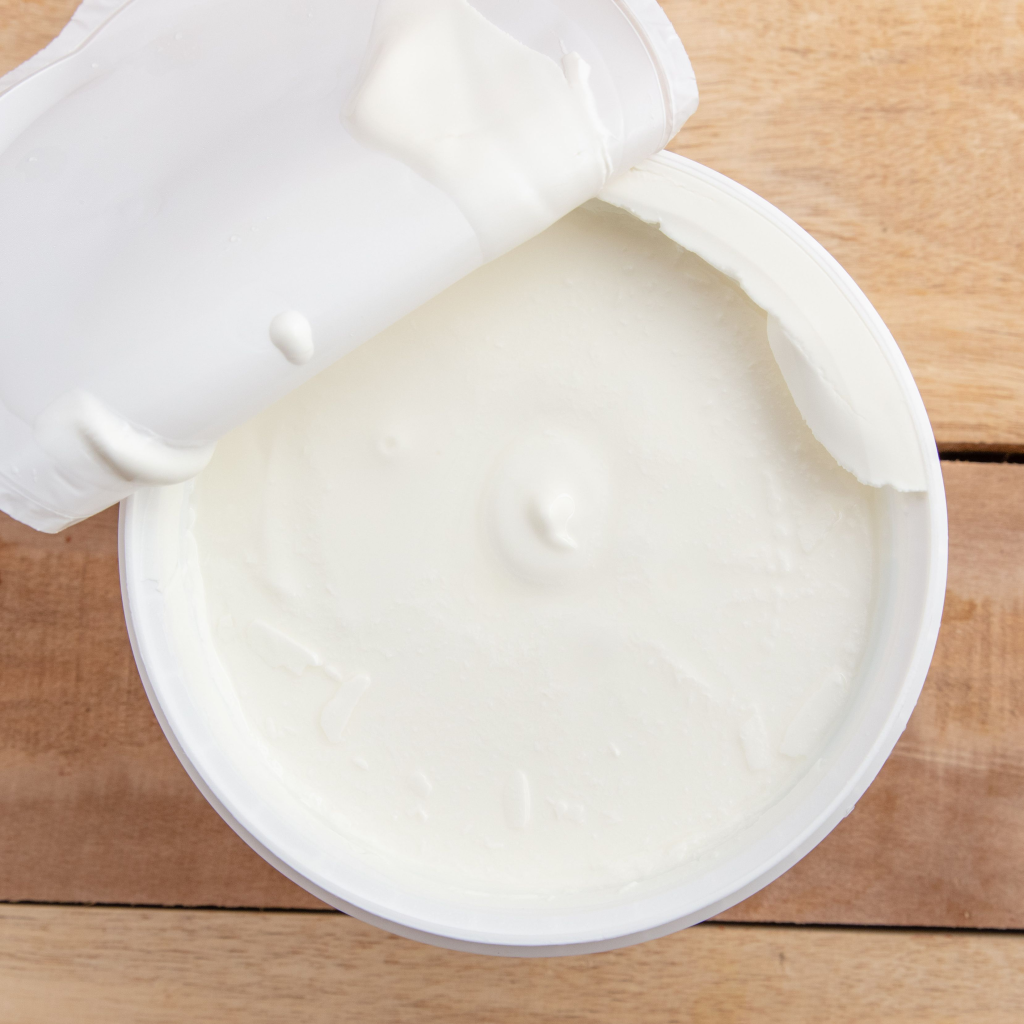
The USDA says regular whole milk yogurt has 31 IUs of vitamin D. Sometimes, they add even more of this vitamin to make it super healthy. Kristen Smith, who knows a lot about nutrition, says that’s what fortified means—they add extra good stuff to make it even better for you!
| Tuna

Tuna is a fish that’s full of vitamin D, giving you more than 5% of what you need in a day, according to the USDA. It’s not just good for vitamin D; it’s also a top-notch source of protein and omega-3 fatty acids, says nutrition expert Melissa Rifkin.
Just a heads up: Some folks worry about mercury in tuna, which is something found in all fish. But the FDA says tuna and other fish can still be part of a healthy diet. They have guidelines for pregnant or breastfeeding people and kids to make sure it’s all balanced and safe.
| Fortified Cheese

“Guess what? Most of the vitamin D we get comes from fortified foods,” says Smith. The USDA says a slice of fortified American cheese has 62 IU. It’s not just good for vitamin D; it’s also a tasty way to get calcium!
| Eggs

Don’t skip the egg yolks—they’re the nutrition champs, not just the whites. The USDA says you can get 5% of your daily vitamin D (which is 218 IUs) from the yellow part. Nutrition expert Rifkin adds that eggs also have choline, a nutrient that’s important for your nervous system.
| Dried or UV-treated mushrooms
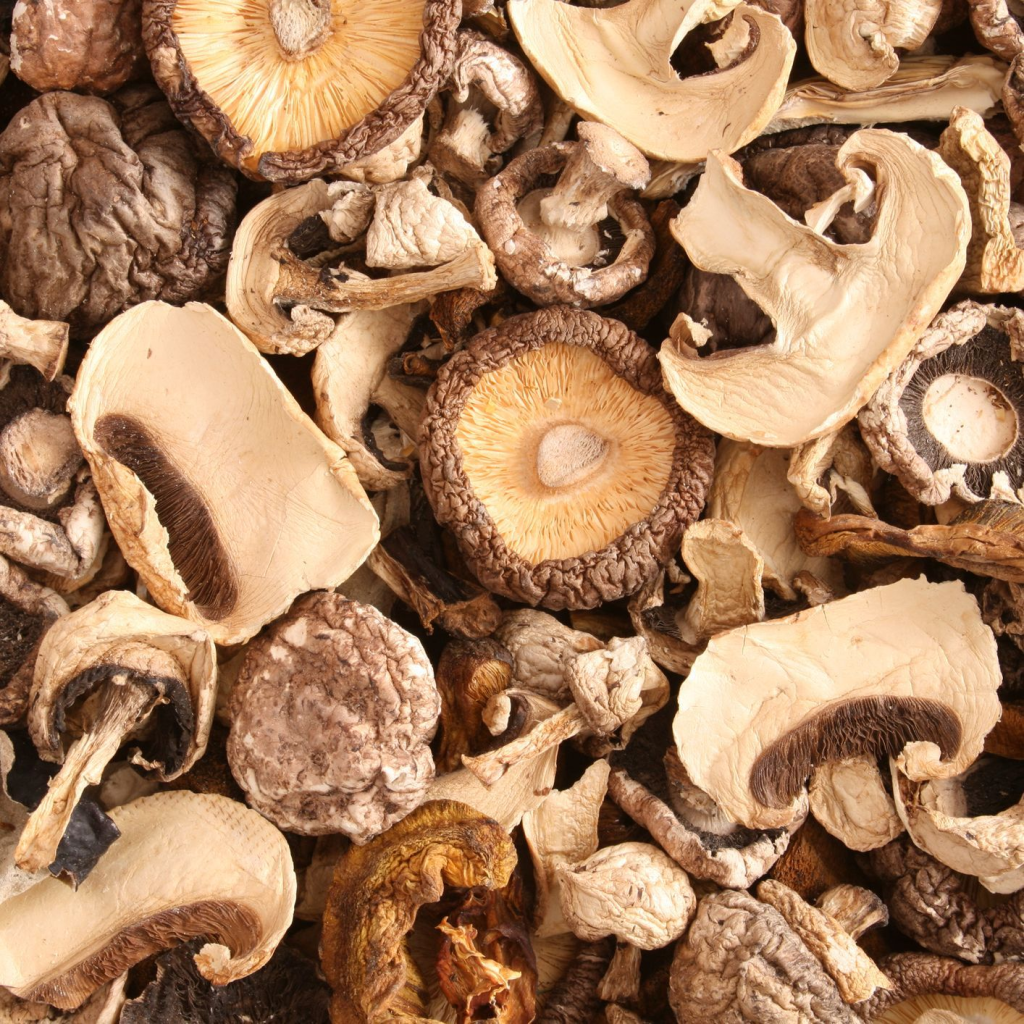
As time went on, scientists found out something cool about mushrooms—they keep vitamin D if you shine sunlight or a UV lamp on them after picking. According to Rifkin, eating three ounces of UV-exposed white mushrooms gives you 50% of your daily vitamin D.
| Fortified Orange Juice
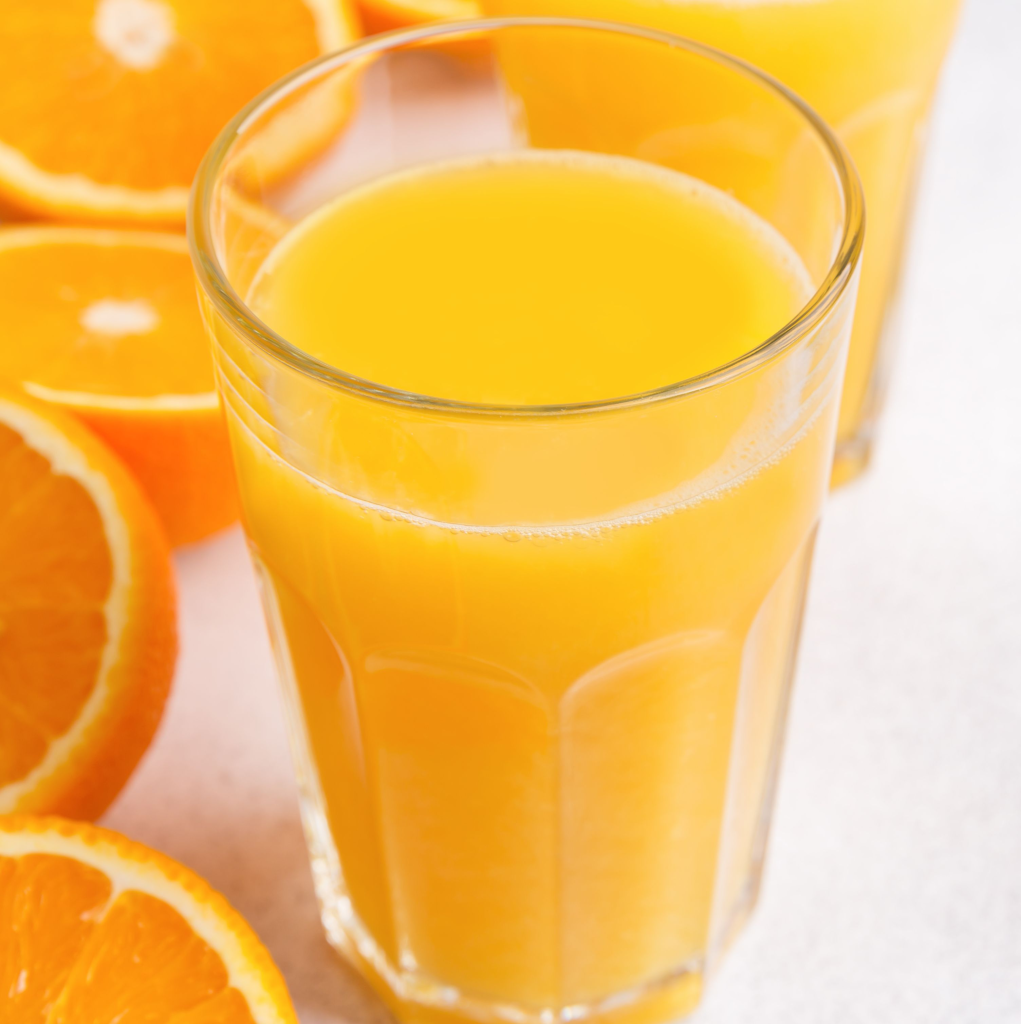
Surprisingly, having an eight-ounce glass of fortified orange juice with your breakfast can give you 15% of your daily vitamin D, according to Rifkin. And that’s not all—it also has other good stuff, like vitamin C!
| Fortified cereal
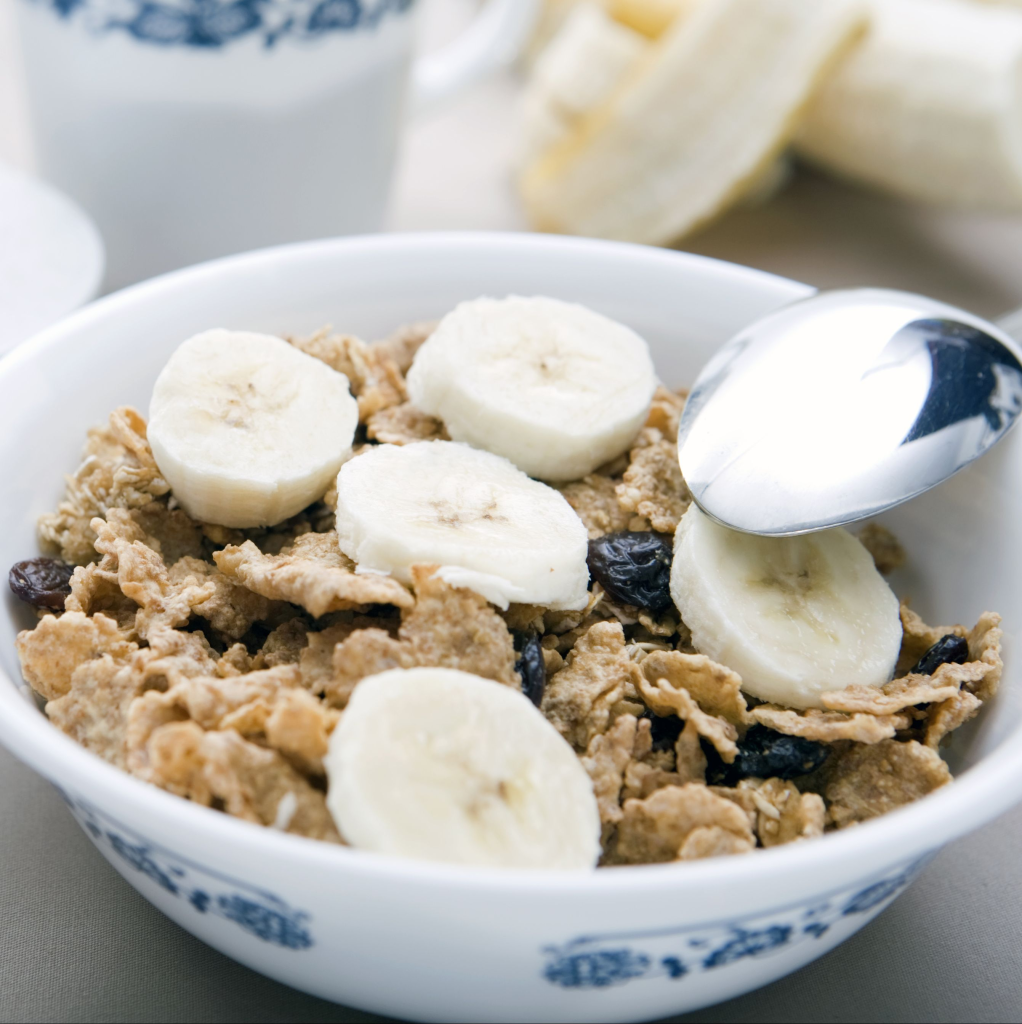
Let’s not overlook Raisin Bran! It’s not just packed with whole grains and fiber—it also has 60 IU or 15% of your daily vitamin D in one cup, as per the USDA.
| Sardines

Don’t dismiss sardines just yet! These little fish are good for the planet, low in mercury, and full of healthy omega-3 fatty acids and vitamin D. You can enjoy them on an antipasto platter, as a crostini topper, or in a salad. Each can gives you a big 193 IUs, which is 20% of your daily vitamin D, according to the USDA.
| Salmon

Salmon is a favorite for a good reason—it’s so versatile! You can enjoy it at any meal, like a lox bagel for breakfast, a salmon Caesar salad for lunch, or a fillet for dinner. And get this: a three-ounce piece gives you 447 IU, according to the USDA. Rifkin says it’s not just about vitamin D; salmon also gives you protein and those important omega-3 fats. Some research even suggests that wild-caught salmon might have more vitamin D than the farmed kind.
| Trout

If you’re always grabbing salmon at the store, try switching to trout next time. According to the USDA, just one farmed trout fillet has 502 IUs of vitamin D. That’s almost all the vitamin D most adults need in a day!
| Swordfish

Swordfish isn’t just a tasty source of lean protein—it’s a vitamin D powerhouse too! According to the USDA, a 100-gram piece gives you a whopping 706 IUs, which is more than what most adults need in a day. That’s why Rifkin suggests making it a go-to choice. You can keep it simple and grill a couple of steaks for a cozy at-home date night.
| Herring
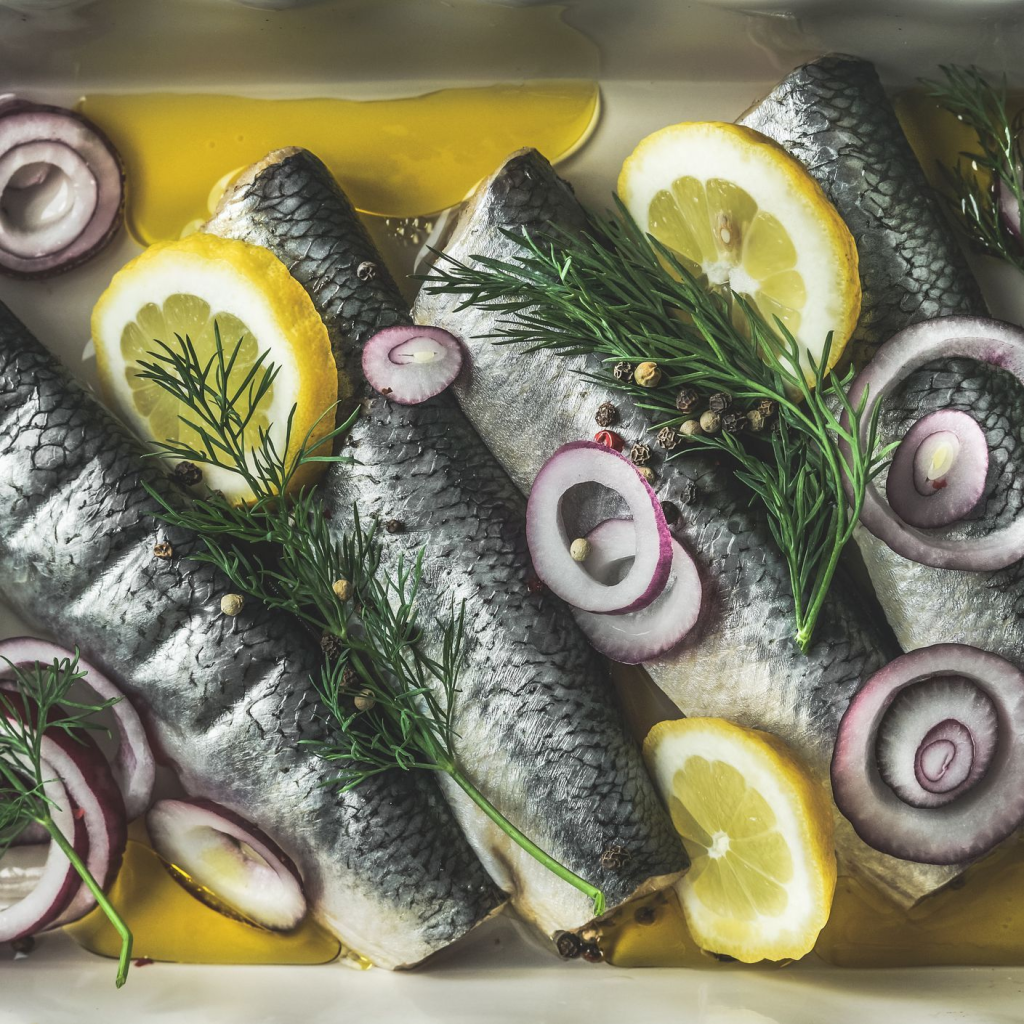
Just one herring fillet gives you 306 IUs of vitamin D, according to the USDA. That’s more than half of what’s recommended for a whole day! And it’s not just about vitamin D—this flaky fish also packs essential protein, as Rifkin points out.
ADVERTISEMENT
